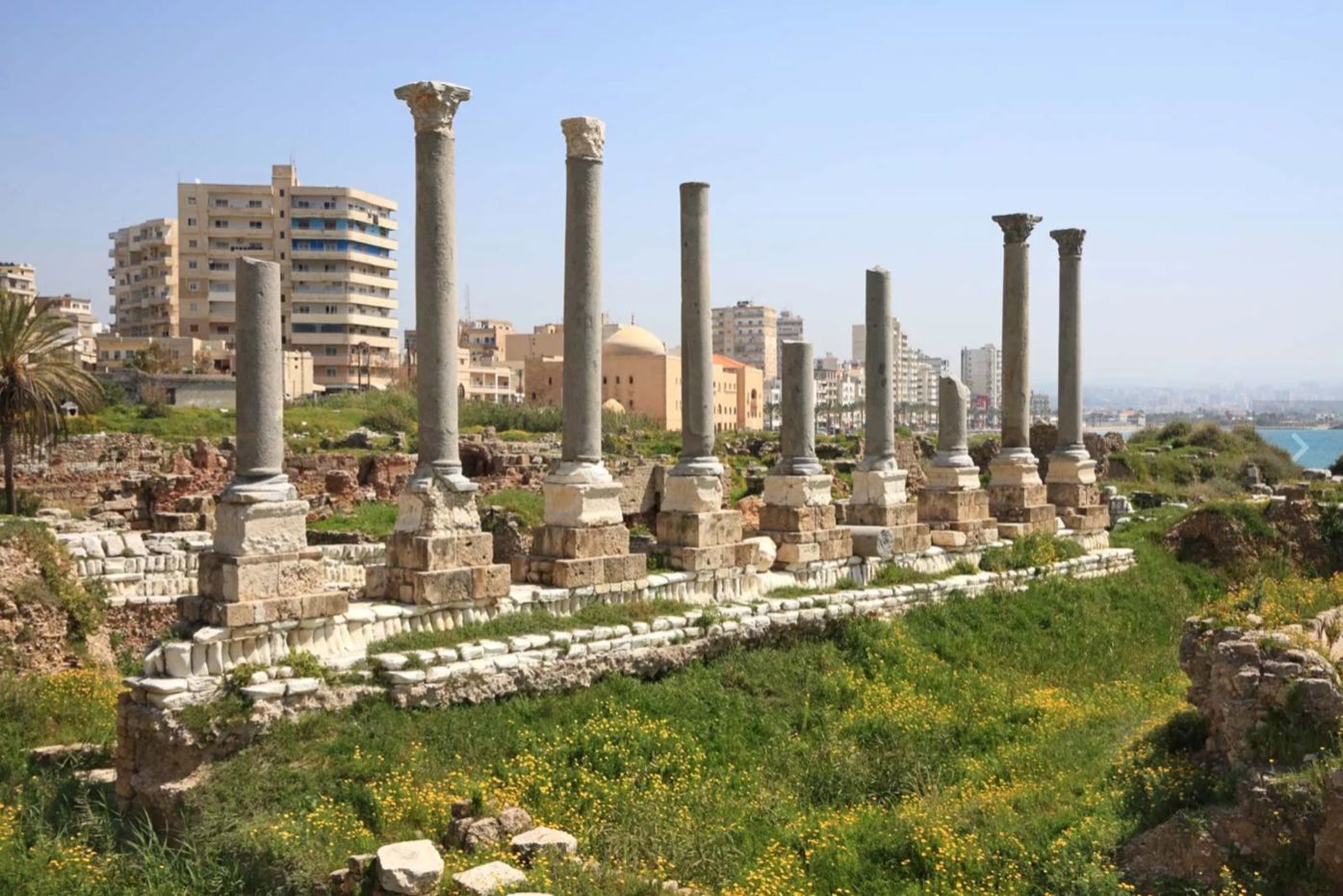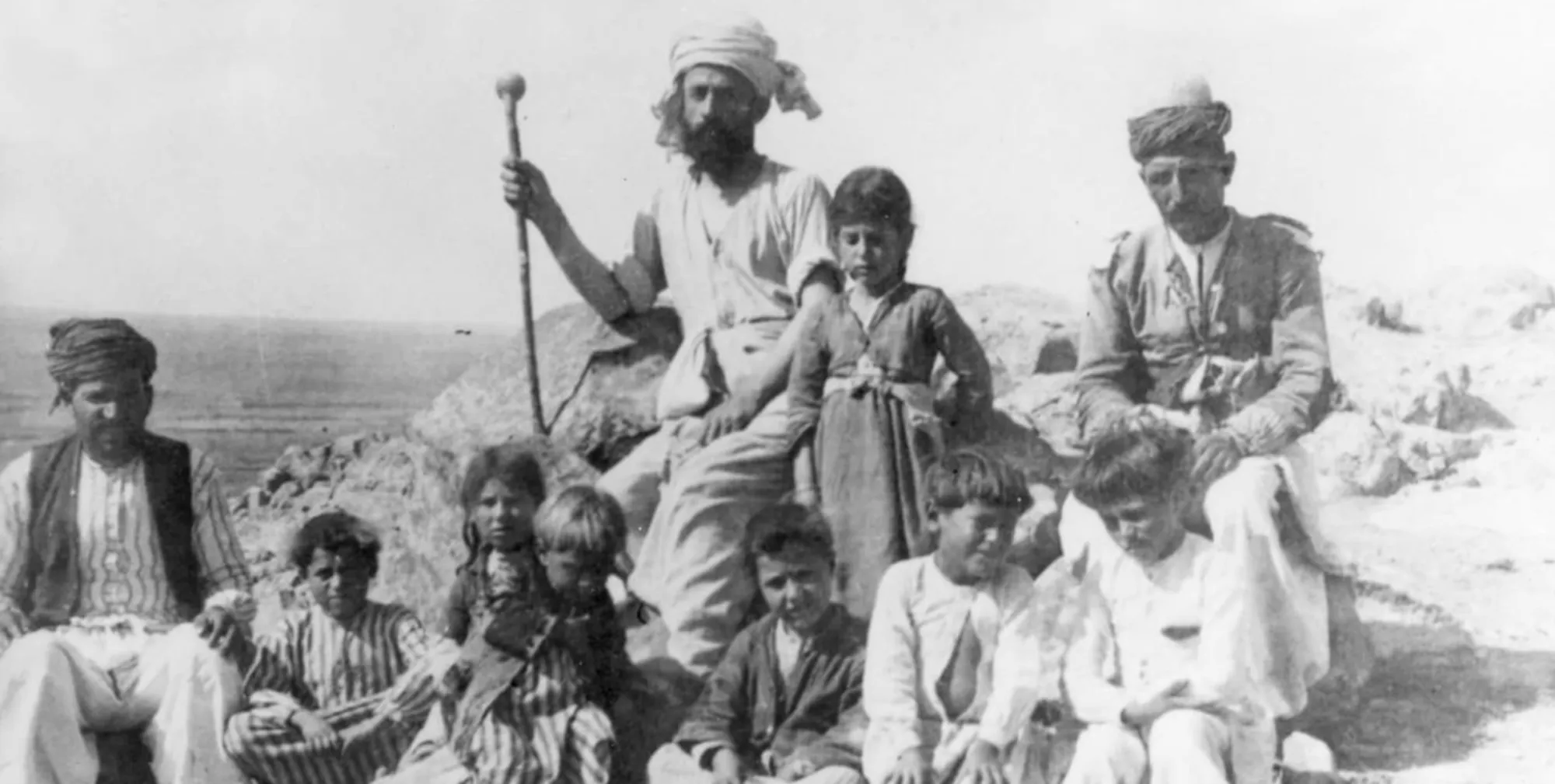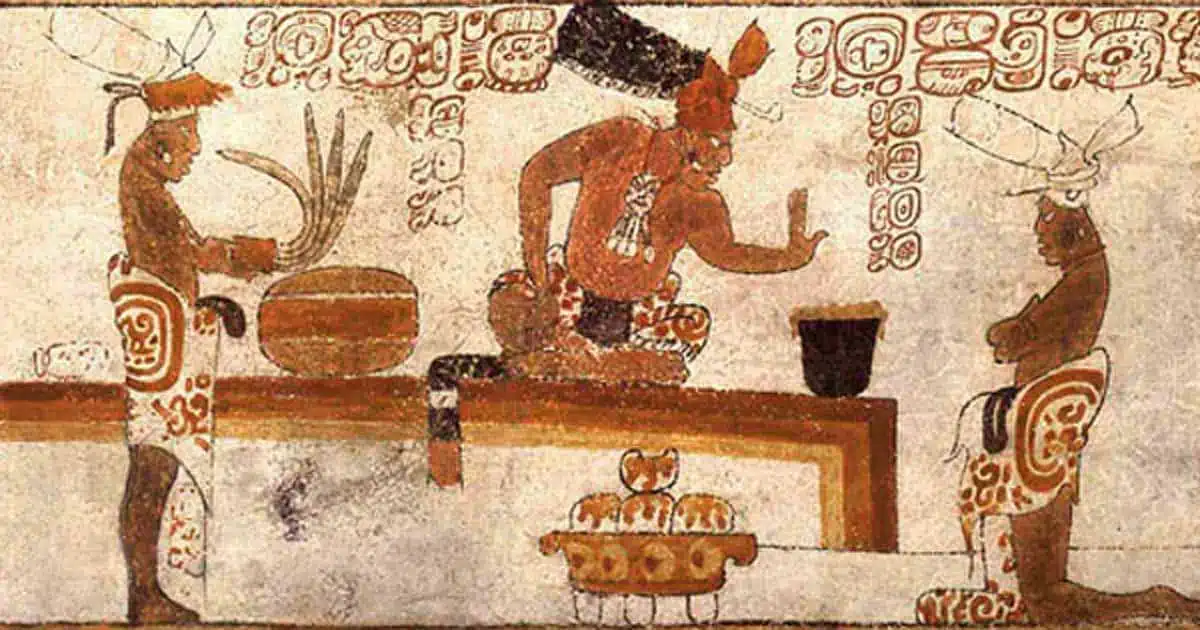Lebanon’s approach to creating a distinct national identity is intriguing. Phoenicianism, the primary form of Lebanese Nationalism, emphasizes ancient Phoenician heritage over Arab or Islamic roots. Proponents argue that modern Lebanese primarily descend from the original inhabitants, with some admixture from centuries of immigration.
Phoenicianism's distinctiveness lies in its ancient, non-shared heritage. While most nationalistic movements around the world draw from recent, shared heritages, Phoenicianism celebrates a civilization dating back two millennia, rejecting Lebanon's Arab and Islamic identity. This controversial, exclusionary stance has limited its resonance with a significant portion of the population.
However, Phoenicianism resonates with Lebanese Christians, who make up 32.4% of the population. By embracing this narrative, they aim to distance themselves from Arab surroundings, align Lebanese culture with Western culture, and underscore the crucial role of Christianity and the Maronite Church in preserving Lebanon's unique characteristics.
The Birth of Phoenicianism
The Maronite Church did not initially identify with Phoenician ancestry until the late 19th century. In 1893, Archbishop of Beirut Yusuf al-Dibs published the Kitab Tarikh Suriyya, where he drew a link between the ancient Phoenicians and the people of Mt. Lebanon. Maronite intellectuals embraced and expanded upon this narrative, marking the beginning of Phoenicianism.
The end of the Great War saw Phoenicianism gaining mainstream acceptance when world leaders gathered in Paris to redraw geopolitical borders. Maronite Patriarch Elias Hoayek played a critical role in promoting a Lebanese state under French protection, invoking shared historical and cultural ties between Maronites and the French.
Hoayek reconciled Phoenician paganism with Christianity by asserting that Maronite Christians from Antioch migrated to Mount Lebanon, assimilated with indigenous Phoenicians, and converted them to Christianity. He crafted a Lebanese identity narrative blending Phoenicianism with Christianity, appealing to French colonial ideology.
The French representatives at the Peace Conference, influenced by intellectuals and artists like Victor Hugo, Gustave Flaubert, and Ernest Renan, admired the Phoenicians as symbols of exploration and cultural expansion.
On September 1, 1920, after the Treaty of Sèvres dissolved the Ottoman Empire, the State of Greater Lebanon was proclaimed. The Maronites and French collaborated, recognizing the mutual dependence of their political and economic interests. France saw Phoenicianism as a means to consolidate its rule, while Maronites viewed it as a way to promote Lebanese identity and independence.
The Maronite bourgeoisie was a strategic asset for the French mission civilisatrice, aiming to showcase Lebanon as a symbol of Western-style progress in a region they considered inferior. Maronites, in turn, saw French patronage as a way to protect their interests, counter Arab nationalism, and emphasize their Phoenician roots. The creation of Greater Lebanon fulfilled both parties' goals.
The Formation of Collective Identity – A National Language and the Young Phoenicians
The establishment of Greater Lebanon gave rise to Les Jeunes Phéniciens, a group of young, dynamic, and educated Francophone Lebanese intellectuals, including prominent figures such as Charles Corm and Michel Chiha. Although they primarily used French as their means of expression, they advocated for polyglossia and passionately promoted the Lebanese people's connection to their Phoenician heritage through writings and speeches. Furthermore, they nurtured a desire for an authentic Lebanese language that would complement their diverse cultural and linguistic vision.
In Corm’s 1934 Phoenicianist manifesto La Montagne Inspirée, he lamented the loss of a national language, recalling how his grandparents spoke Syriac, a relic of Phoenician, in late-nineteenth-century Lebanon:
"Mais tristesse, tristesse, indicible tristesse !... / Nos grand-mères parlaient le syriaque à Ghazir, / Le syriaque où survit la phénicienne adresse / Et son rude désir ; […] La langue d’autrefois est à jamais éteinte / Dans nos pâles gosiers."
Translation: Grief, good grief, O unspeakable grief, / My own grandparents spoke, Syriac in Ghazir. / Syriac, where the Phoenician’s flair, their vigour and their flame, are still extant today; […] The bygone language of yore, is choked for evermore, in our scrawny muzzled throats.”
He poignantly expressed the sorrow of a people without a language:
"Qu’un peuple est orphelin quand il n’a pas de langue."
Translation: “For, a people is orphaned when it hasn’t a tongue.”
This longing for a national language is common in modern nationalism, often accompanied by the creation of historical narratives to legitimize nationhood and establish a shared cultural and historical identity.
Hebrew serves as an example of successful linguistic revival rooted in this desire for an authentic national language. By the third century AD, the vernacular use of Hebrew had become negligible. However, during the first half of the twentieth century, Jewish people from diverse regions converged in Palestine and chose Hebrew, their shared historical linguistic denominator, as their lingua franca.
In Lebanon, two approaches emerged in the quest for a national language. One faction advocated for the revival of Syriac and Canaanite/Phoenician as the land's authentic languages, while another group dismissed these movements as futile, believing that modern Lebanese Arabic 'āmmiyya (vernacular) already served as an authentic language.
Lebanese poet and language reformer Said Akl (1911-2014), a friend and mentee of Charles Corm and Michel Chiha, contended that "spoken Lebanese" was a distinct Semitic language, not a derivative of Arabic. Akl passionately promoted the use of the Lebanese language, proposing it be written in a modified Latin alphabet comprising 36 symbols he designed himself—a development of the Phoenician alphabet rather than the Arabic script.
A Critical Review on Phoenicianism
Phoenicianism advocates, driven by their desire to protect their unique identity and cultural legacy, played a significant role in establishing Lebanon's place in history. Their efforts led to Lebanese statehood and the independent Lebanese Republic in 1945, benefiting not only Maronites and Muslims but also religious minorities.
However, the movement emphasized Lebanon's Phoenician legacy at the expense of other cultural and religious influences. This approach represents cultural elitism, failing to capture the richness and diversity of Lebanese culture, and a reliance on Western support that demonstrated a disconnect with the contemporary regional reality.
As the Middle East continues to grapple with issues of identity, history is vital in charting a new path forward. Lebanon's future lies in embracing and understanding its complex cultural heritage and the influences that have shaped the nation. Only a comprehensive and dynamic vision of national identity can enable Lebanon to lead the Middle East in a new era of cultural flourishing.






